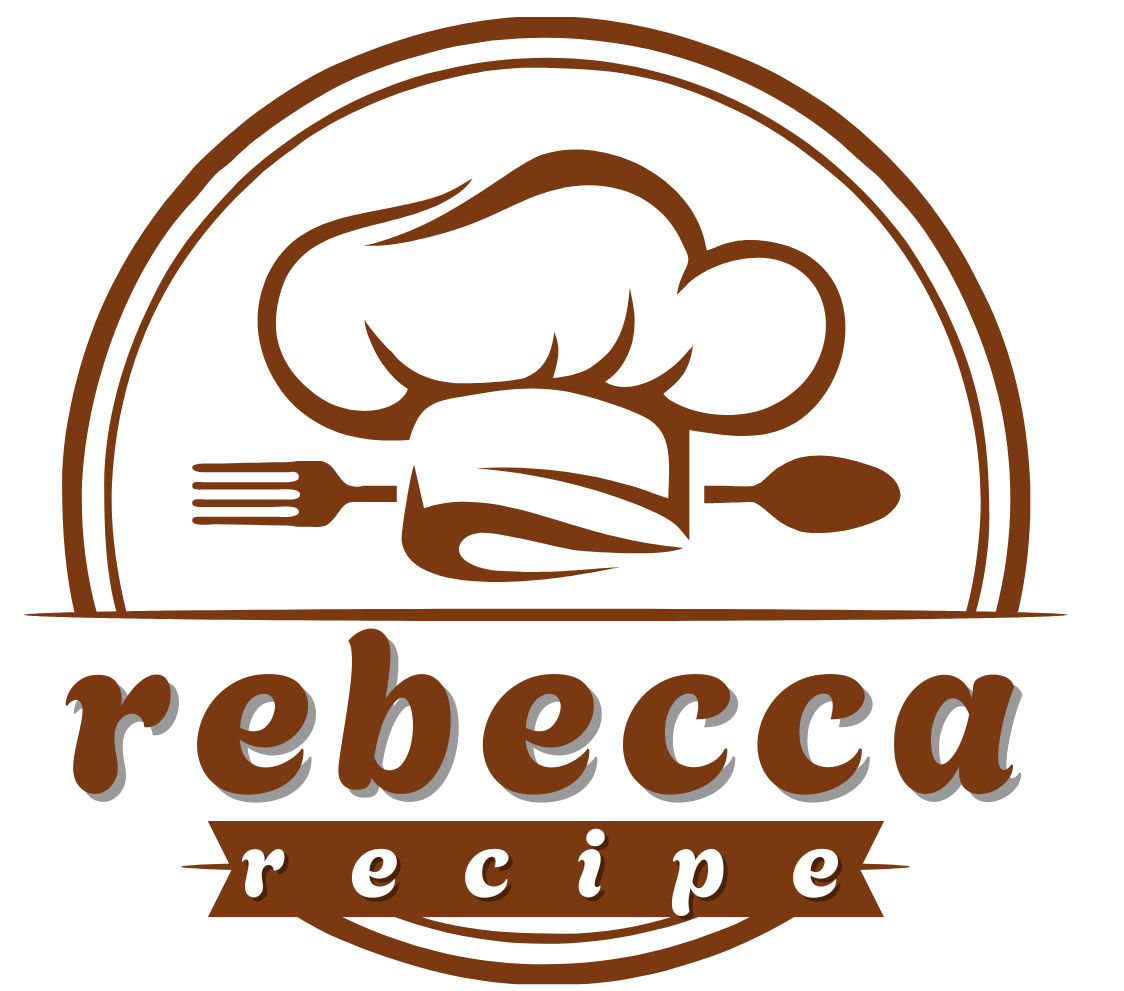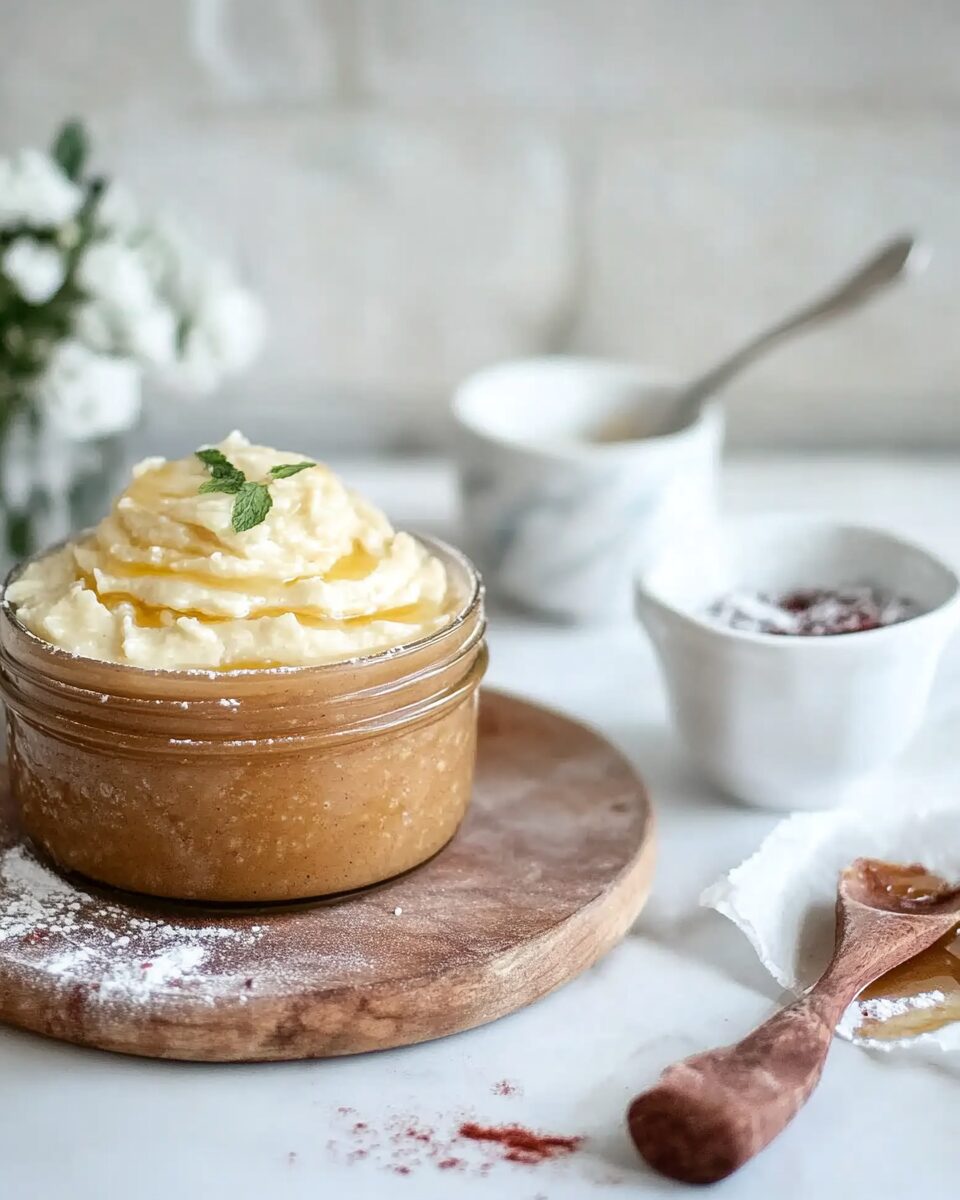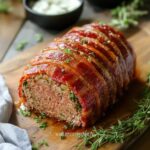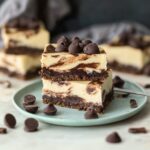Rhubarb Butter is a delightful fruit spread that captures the vibrant, tangy-sweet essence of rhubarb. Unlike traditional jams or jellies, fruit butters like this one offer a rich, smooth consistency without the need for pectin, making them a simple and rewarding preserve to craft at home. This Rhubarb Butter pairs wonderfully with toast, muffins, biscuits, or even as a topping for pancakes and oatmeal.
Full Recipe:
Ingredients
- 1 pound rhubarb, trimmed and cut into 1-inch pieces
- ½ cup sugar
- Juice of half a lemon
Directions
- Prepare the Rhubarb: Rinse the rhubarb thoroughly, trim the ends, and cut into 1-inch pieces.
- Combine Ingredients: In a heavy-bottomed pot, combine the chopped rhubarb, sugar, and lemon juice. Stir to mix.
- Cook the Mixture: Add 2 tablespoons of water to the pot. Heat over medium heat, stirring constantly, until the rhubarb releases its juices and the mixture begins to boil. Reduce the heat and let it simmer gently for about 15-20 minutes, or until the rhubarb becomes soft and breaks down.
- Blend the Butter: Once cooked, remove from heat and let it cool slightly. Use an immersion blender directly in the pot, or transfer the mixture to a blender or food processor to purée until smooth.
- Final Simmer: Return the puréed mixture to the pot and simmer over low heat for an additional 10-15 minutes to thicken to your desired consistency. Stir occasionally to prevent sticking.
- Storage: Pour the hot rhubarb butter into sterilized jars, seal, and let them cool to room temperature. Store in the refrigerator for up to 2 weeks, or process in a water bath canner for longer shelf life.
Nutritional Facts
Per tablespoon serving:
- Calories: Approximately 25
- Total Fat: 0g
- Saturated Fat: 0g
- Trans Fat: 0g
- Cholesterol: 0mg
- Sodium: 0mg
- Total Carbohydrates: 6g
- Dietary Fiber: 0g
- Sugars: 6g
- Protein: 0g
The Origins and Appeal of Rhubarb Butter
Rhubarb has a long history of use in culinary traditions, dating back to ancient times. Known for its tartness, it is technically a vegetable, though it is often treated as a fruit in cooking. The early uses of rhubarb were primarily medicinal, and it wasn’t until later that people began to appreciate its culinary potential. In the United States, rhubarb became a popular addition to pies, jams, and other preserves during the 19th century.
Fruit butters, such as apple butter, pumpkin butter, and, of course, rhubarb butter, evolved as an alternative to the traditional fruit spreads. They are made by cooking the fruit down to a concentrated, thick consistency and blending it into a smooth paste. The high pectin content in the fruit helps to create that desirable spreadable texture without needing the addition of commercial pectin. Rhubarb, with its naturally high acidity and tang, makes for a particularly tasty and unique fruit butter.
The appeal of rhubarb butter lies not only in its taste but also in its simplicity. Made with just a few ingredients, it offers a way to capture the essence of rhubarb in a spreadable form, allowing you to enjoy the flavor of this underappreciated fruit throughout the year. Whether spread on warm bread, dolloped onto a pancake, or incorporated into a pastry recipe, rhubarb butter provides an extra layer of richness and tanginess to any dish.
Why You Should Make Rhubarb Butter at Home
While rhubarb butter can be purchased in some specialty stores, there’s something particularly satisfying about making it yourself. When you make your own preserves, you have control over the ingredients, the flavor profile, and the texture of the final product. By using fresh, locally sourced rhubarb, you can ensure that your rhubarb butter has the highest quality ingredients and is free from any unnecessary preservatives or additives.
Moreover, making rhubarb butter at home can be a fun and rewarding process. It gives you the opportunity to experiment with different flavors and adjust the sweetness and tanginess to your preference. You can also try variations by adding spices such as cinnamon, ginger, or vanilla to create a more complex flavor profile. The process of cooking the fruit down to create a rich, concentrated spread is not only satisfying but also brings out the natural sweetness of the rhubarb, making it a delight to taste.
Another great reason to make your own rhubarb butter is that it makes an excellent gift. Whether for holidays, birthdays, or just as a thoughtful gesture, a jar of homemade rhubarb butter can be a charming and unique present. Pair it with homemade breads, scones, or crackers for a complete gift basket that will surely impress anyone who receives it.
The Versatility of Rhubarb Butter
Rhubarb butter is a versatile spread that can be used in a variety of ways. It is most commonly enjoyed as a topping for bread, toast, or crackers. The tartness of rhubarb complements the rich flavor of the bread, while the buttery texture makes it easy to spread. Whether on a slice of warm toast with butter or slathered on a freshly baked biscuit, rhubarb butter is sure to elevate any breakfast or snack.
In addition to being used as a spread, rhubarb butter can also be incorporated into other dishes. For instance, it can be spooned over pancakes or waffles in place of syrup, adding a burst of fruity flavor with a tangy twist. It can also be used as a filling for pastries or pies, providing a unique and flavorful alternative to more common fruit fillings.
Rhubarb butter’s tangy sweetness also pairs wonderfully with savory dishes. Try it as a topping for roasted meats such as chicken or pork, or use it as a glaze for grilled vegetables. The balance of sweetness and tartness helps to cut through the richness of the meat, providing a refreshing contrast that enhances the overall flavor of the dish.
For those who enjoy experimenting with their culinary creations, rhubarb butter can also be used in baking. Try incorporating it into muffin or cake batter for a unique twist, or use it as a filling for pastries or turnovers. Its smooth consistency and concentrated flavor make it an excellent choice for adding moisture and flavor to baked goods.
How to Store Rhubarb Butter
Once you’ve made your rhubarb butter, it’s important to store it properly to ensure that it stays fresh for as long as possible. If you plan on using it within a couple of weeks, you can simply store it in an airtight container in the refrigerator. Properly sealed jars of rhubarb butter should last up to two weeks in the fridge.
For longer-term storage, rhubarb butter can be canned using a water bath canning method. This preserves the fruit butter for several months, allowing you to enjoy it throughout the year, even when fresh rhubarb is no longer in season. Canning is a simple and effective way to store homemade preserves, and it allows you to enjoy the fruits of your labor long after the rhubarb harvest has ended.
If canning is not an option, you can also freeze rhubarb butter for long-term storage. Simply spoon the butter into freezer-safe containers or bags, leaving some space for expansion, and store it in the freezer. When you’re ready to use it, simply thaw it in the refrigerator overnight or at room temperature for a few hours.
Nutritional Benefits of Rhubarb Butter
While rhubarb butter is certainly a treat, it also offers some nutritional benefits. Rhubarb itself is a low-calorie food that’s high in dietary fiber, antioxidants, and vitamin K. It’s also a good source of calcium, magnesium, and potassium, all of which are important for maintaining strong bones and a healthy heart. The lemon juice added to the butter provides an extra dose of vitamin C, which helps to boost the immune system.
Since rhubarb butter is made with sugar, it does have some sweetness, so it’s important to enjoy it in moderation. However, by making it at home, you have the ability to adjust the amount of sugar used, making it possible to create a more health-conscious version if desired. You can experiment with using less sugar or even try natural sweeteners like honey or maple syrup to make it a bit healthier without sacrificing too much flavor.
Conclusion: A Tangy Delight for All Occasions
Rhubarb butter is a delicious and versatile treat that allows you to capture the vibrant flavor of rhubarb in a smooth, spreadable form. Whether enjoyed on toast, incorporated into baked goods, or used as a topping for savory dishes, rhubarb butter adds a unique and tangy twist to any meal. By making it at home, you can control the ingredients, adjust the flavor to your liking, and enjoy the satisfaction of creating a homemade preserve from scratch.





